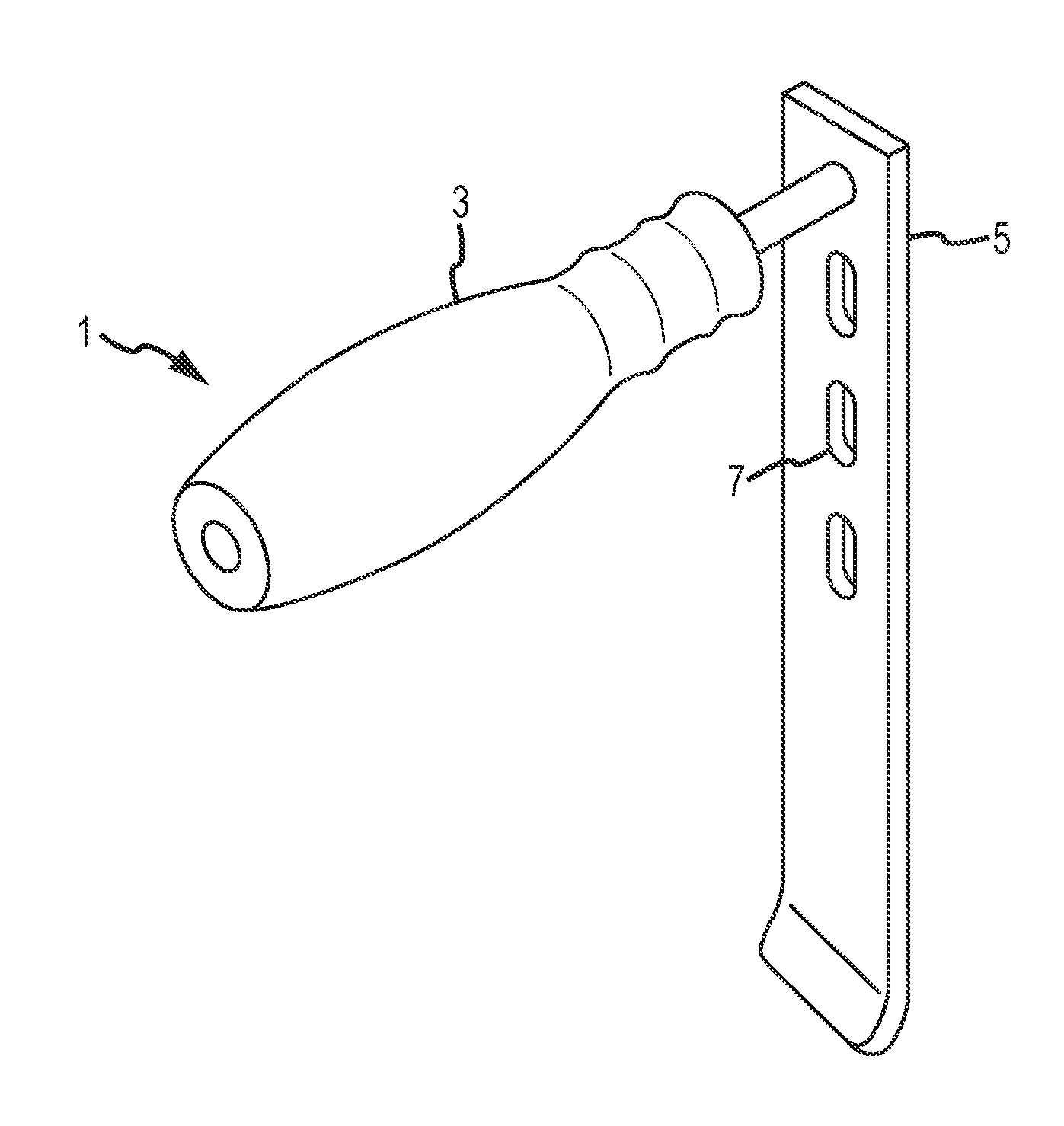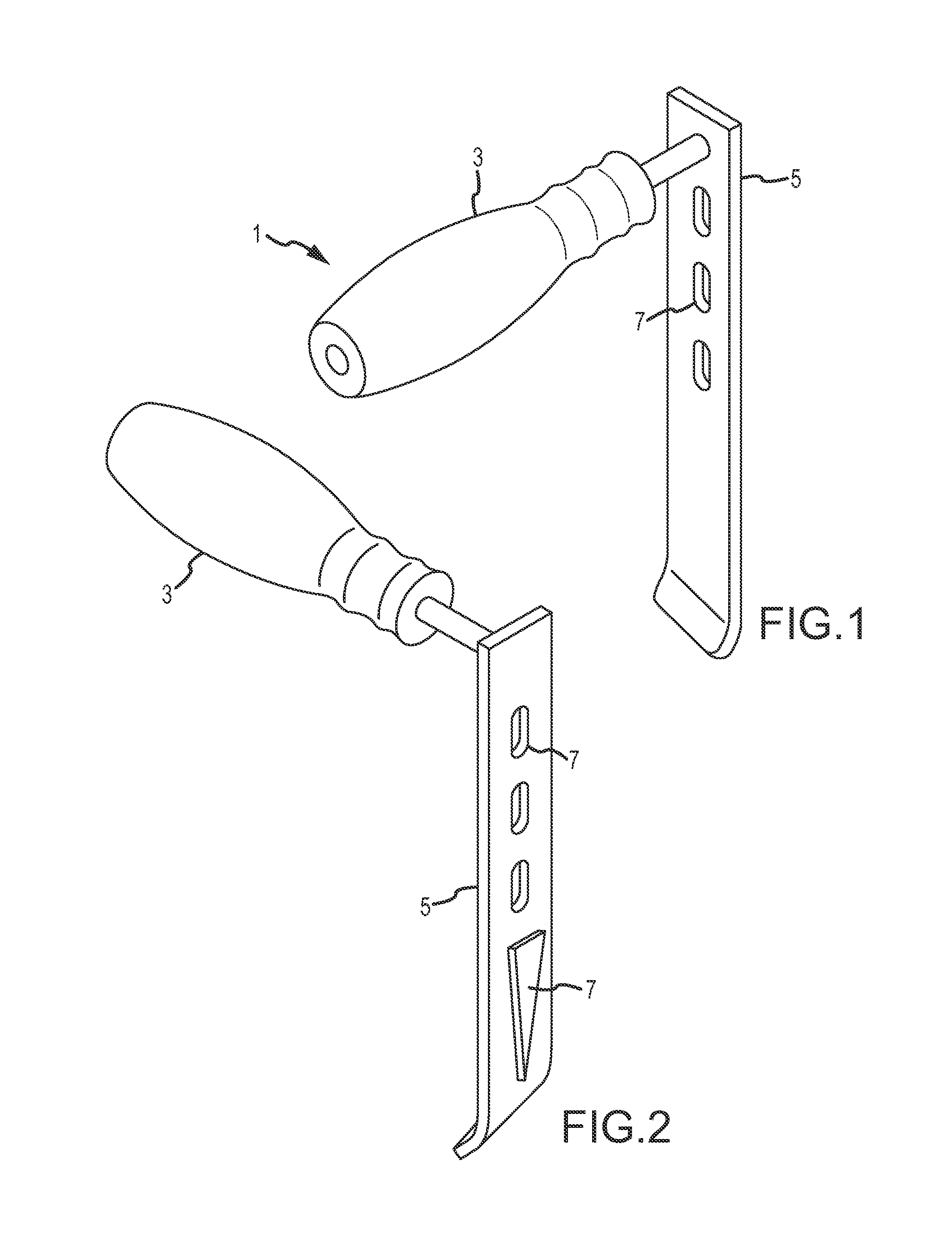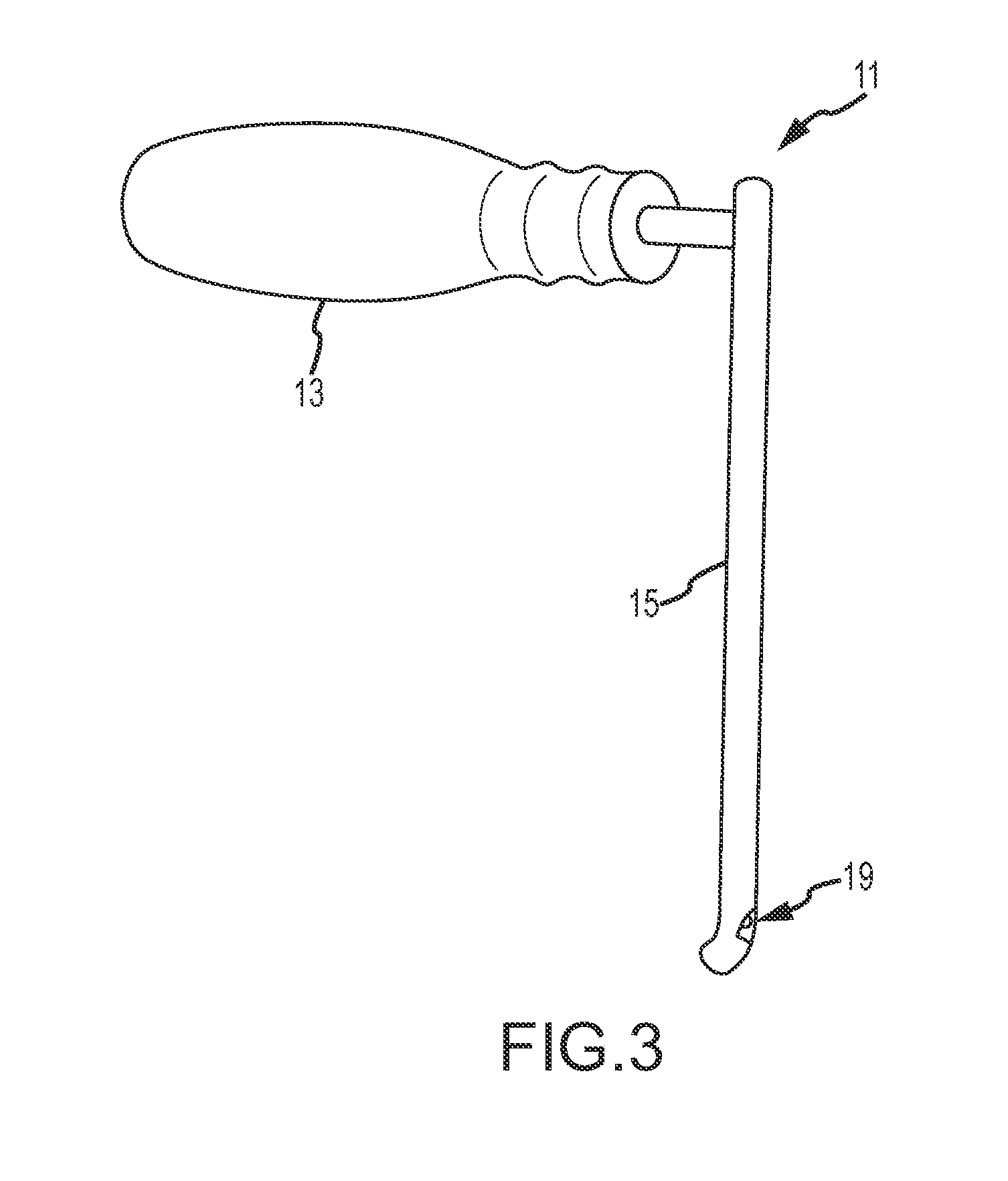Method and apparatus for performing retro peritoneal dissection
a retroperitoneal and peritoneal technology, applied in the field of human surgical procedures performed percutaneously, can solve the problems of unwieldy devices, difficult procedures, and high equipment costs, and achieve the effects of avoiding undesired reinsertion procedures, reducing circumference, and saving tim
- Summary
- Abstract
- Description
- Claims
- Application Information
AI Technical Summary
Benefits of technology
Problems solved by technology
Method used
Image
Examples
Embodiment Construction
[0056]Various embodiments of the apparatus and methods of the present disclosure are described in detail below. The following patents are hereby incorporated by reference for the express purpose of describing the technology related to the use of illumination and video capabilities described herein, including the use of camera chips and CCD or CMOS technology: U.S. Pat. No. 6,310,642; U.S. Pat. No. 6,275,255; U.S. Pat. No. 6,043,839; U.S. Pat. No. 5,929,901; U.S. Pat. No. 6,211,904; U.S. Pat. No. 5,986,693; and U.S. Pat. No. 7,030,904.
[0057]Referring now to FIGS. 1-4, a modified retractor according to embodiments of the present disclosure is shown, which incorporates illumination and / or video capabilities of the nature described herein. This “Sherrill” retractor comprises a longitudinal blade, which extends longitudinally a length sufficient for inserting into a patient to assist in retracting tissue between the incision and the surgical site, and may incorporate one more lumens inte...
PUM
 Login to View More
Login to View More Abstract
Description
Claims
Application Information
 Login to View More
Login to View More - R&D
- Intellectual Property
- Life Sciences
- Materials
- Tech Scout
- Unparalleled Data Quality
- Higher Quality Content
- 60% Fewer Hallucinations
Browse by: Latest US Patents, China's latest patents, Technical Efficacy Thesaurus, Application Domain, Technology Topic, Popular Technical Reports.
© 2025 PatSnap. All rights reserved.Legal|Privacy policy|Modern Slavery Act Transparency Statement|Sitemap|About US| Contact US: help@patsnap.com



